Central Asia — Azerbaijan: strength in unity
In his programmatic article “Central Asia on the verge of a new era,” published ahead of the 7th Consultative Meeting of Central Asian countries in Tashkent—with the now customary participation of Azerbaijani President Ilham Aliyev—Uzbek President Shavkat Mirziyoyev highlighted that Central Asia is entering a new historically significant stage of development, taking into account the move toward genuine unity.
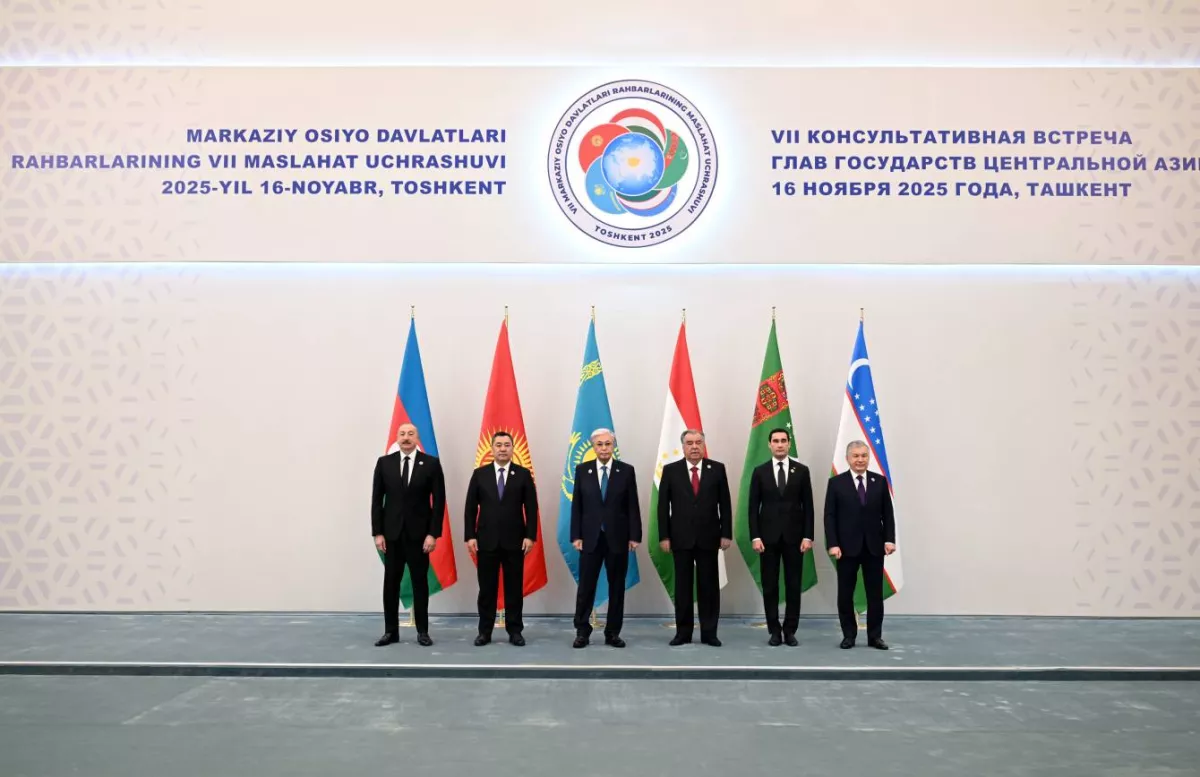
As he noted, the large-scale transformation of the global order has made consolidation a strategic necessity, where “wide regional interconnectedness serves as a strong foundation for sustainable development and security.”
Mirziyoyev’s point was brilliantly elaborated by President Aliyev in his recent interview with the Uzbekistan news agency, concretely framing the 7th Consultative Meeting as an important milestone in expanding multi-level cooperation among the brotherly nations across all spheres. He emphasised the development of transport and logistics infrastructure and the expansion of transit capacities, particularly within the framework of the Middle Corridor.
Therefore, the now traditional participation of the Azerbaijani leader in the Consultative Meeting of Central Asian countries—for the third consecutive time—was both natural and expected. The Central Asia–Azerbaijan format has long surpassed a purely geographical perspective, evolving into a unified political, economic, and cultural-spiritual space of geopolitical significance. This evolution laid the foundation for the decision at this year’s summit to grant Azerbaijan full membership in the Heads of State Consultative Council of Central Asia.
The President of Uzbekistan called this event “a historic day for our brotherly nations” and “a strategic step,” noting that Azerbaijan’s accession will lend even greater weight to “our region’s voice in the international community.”

It is fair to agree that the recent development is undoubtedly a historic decision—truly a special one. In this context, it is important to take a brief look back at 1998, when, in his inaugural address, National Leader Heydar Aliyev emphasised that the measures taken by Baku in the economic sphere, along with fruitful cooperation with numerous countries around the world, would ensure rapid growth of foreign investment in Azerbaijan. He described joint activities with major global companies in the oil and gas sector as significant not only for Azerbaijan and the entire Caucasus but also for the countries of Central Asia.
Following this, he highlighted the symbolic importance of the adoption of the Baku Declaration at the same year’s International Conference on the Revival of the Historic Great Silk Road, demonstrating Azerbaijan’s role as a connecting link between East and West.
The National Leader stated that Baku was fully aware of its historic mission and had clear intentions to continue along this path, affirming that he could clearly see the future of the country, which “will play its historical role in the intersection of Europe and Asia.” That same year, Heydar Aliyev specified that the implementation of new Eurasian transport corridors, the construction of trans-Caspian energy highways, and the revival of the Great Silk Road would create promising prospects for both Azerbaijan and the Central Asian countries.
It is clear that Heydar Aliyev brilliantly anticipated the present day, flawlessly laying the groundwork to achieve these goals. Evidence of this is the establishment of a unified geopolitical space linking Central Asia and Azerbaijan, embodied in the Trans-Caspian East-West International Transport Corridor (Middle Corridor), which, according to Ilham Aliyev, operates thanks to Azerbaijan’s strategic vision and tireless efforts.
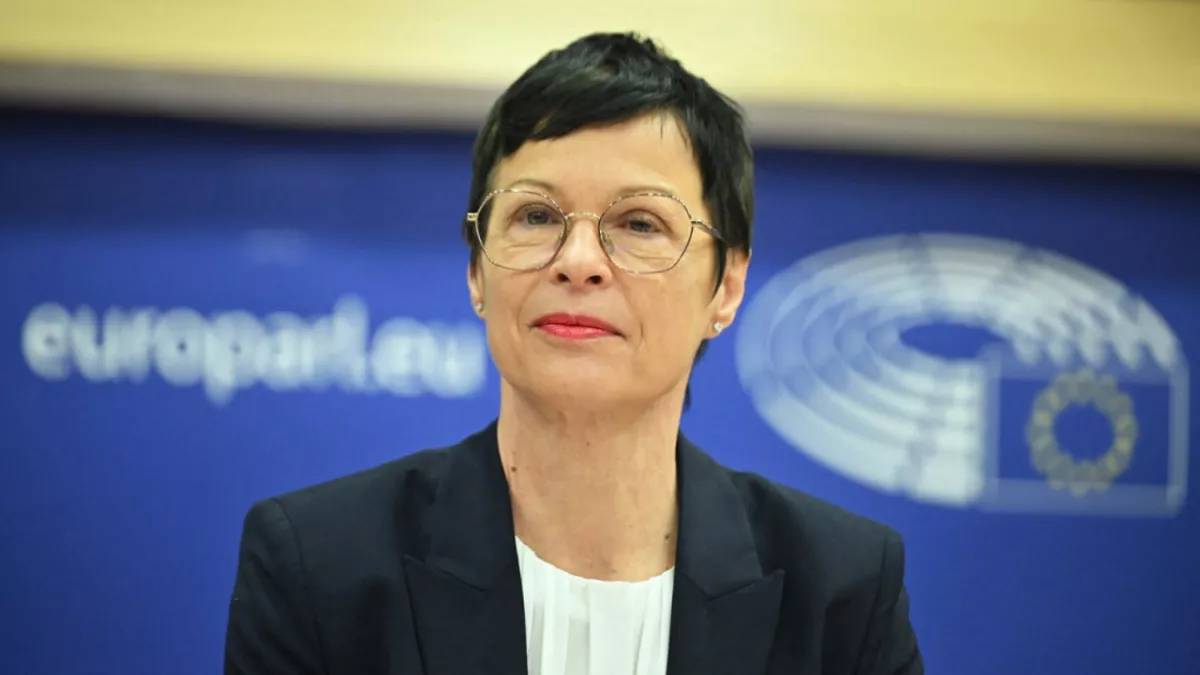
In this context, European Commissioner for Enlargement Marta Kos noted, “We want to reinforce ties with Azerbaijan by advancing mobility, energy and digital links, also looking towards Central Asia.”
The importance of the Trans-Caspian International Transport Route (TITR) was also highlighted in the Joint Statement issued after the Washington Central Asia–U.S. Summit, which outlined plans to connect it with the “Trump Route” (TRIPP). Its implementation will ensure the secure movement of goods, information, and energy across Eurasia. This aligns closely with Baku’s position on the Zangezur Corridor, which, according to Ilham Aliyev, will become the next crucial segment of the Middle Corridor. Donald Trump emphasised that TRIPP will help “nations throughout Central Asia,” a point confirmed in Washington by Shavkat Mirziyoyev and Kazakhstan’s President Kassym-Jomart Tokayev.
Thus, the foundation laid by the National Leader has been further advanced through key initiatives undertaken by President Ilham Aliyev.
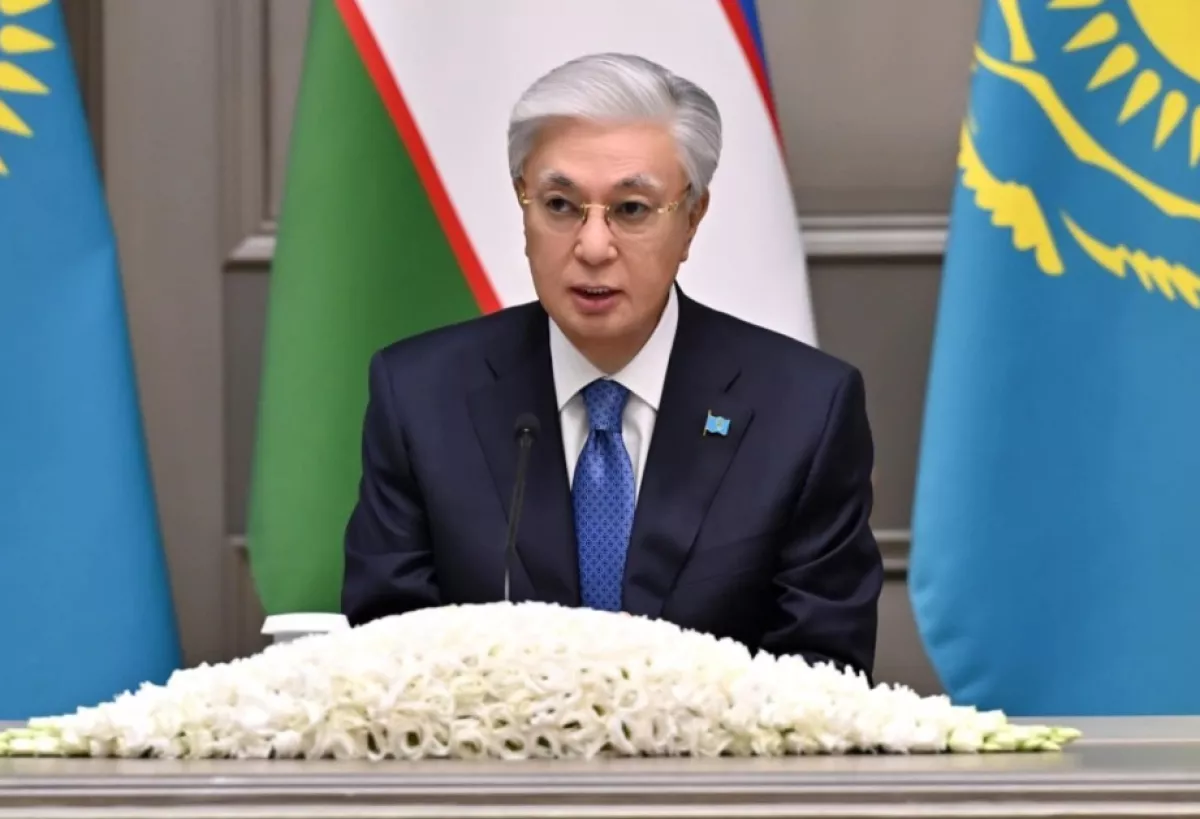
Tokayev, describing Azerbaijan’s accession to the Central Asian Consultative Council as a full member in Tashkent as a historic decision, expressed confidence that Baku, in its new status, will make a significant contribution to strengthening regional cooperation.
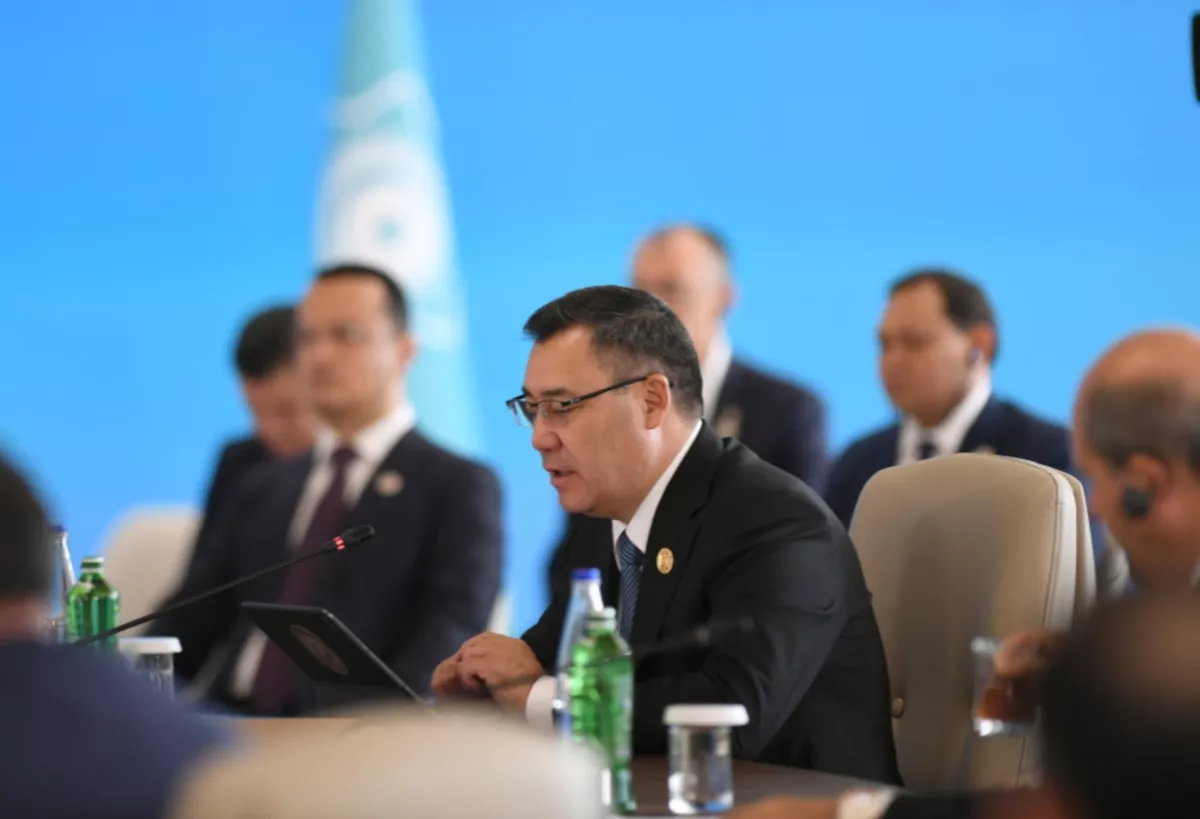
Kyrgyzstan’s President Sadyr Japarov welcomed the move as a step toward expanding the region’s cooperative potential and emphasised the importance of developing a unified regional transport system. In particular, he described the Zangezur Corridor project as a logical continuation of the China–Kyrgyzstan–Uzbekistan (CKU) strategic railway. President Mirziyoyev also highlighted the considerable opportunities offered by the TITR.
Kassym-Jomart Tokayev further stressed that, in the context of global geopolitical turbulence, measures to strengthen regional stability and security take on particular significance.
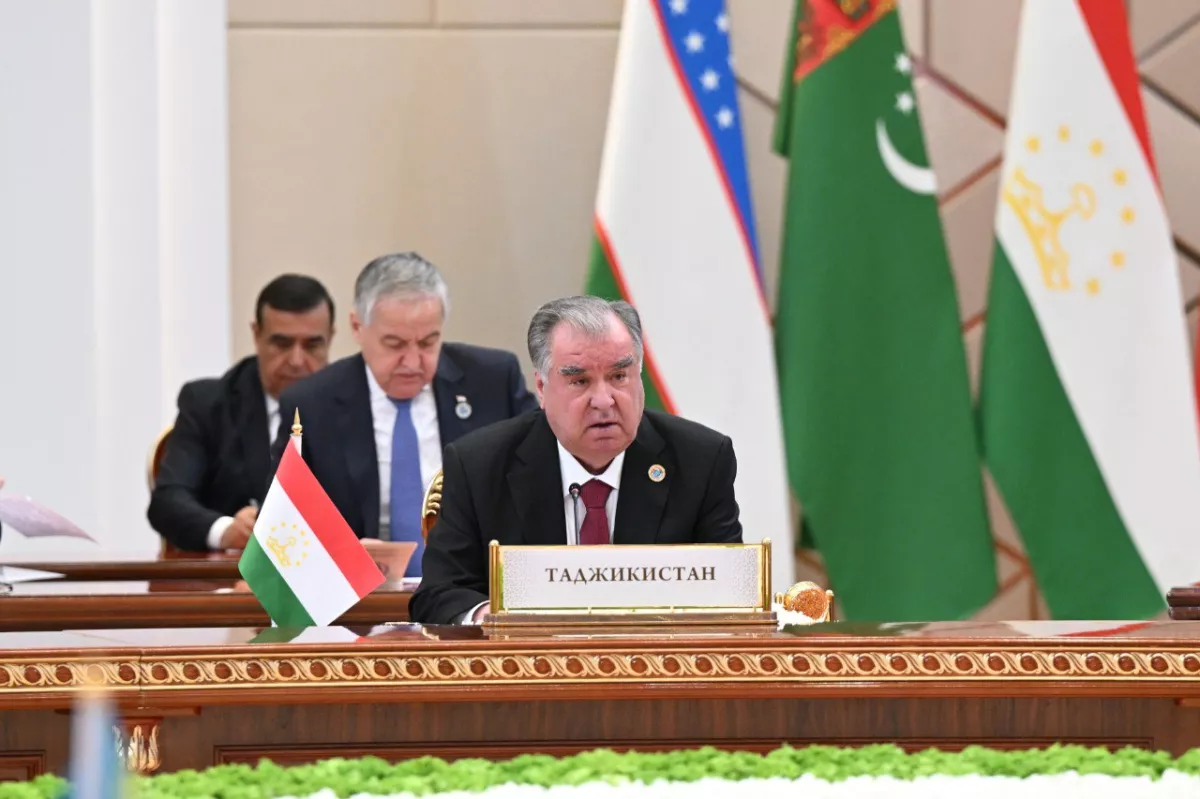
Tajikistan’s President Emomali Rahmon also identified the maintenance of a stable and predictable regional security environment as “one of the main priorities of our cooperation.” In harmony with this, President Mirziyoyev emphasised that joint efforts to ensure regional security and stability constitute a key step toward the prosperity of the entire area.
The statements of Central Asian leaders in this regard perfectly align with the thesis articulated just days earlier by President Ilham Aliyev on the effectiveness of “our cooperation in ensuring the security of transport and communication routes,” which serves as a guarantee of economic development and long-term stability for these brotherly nations.
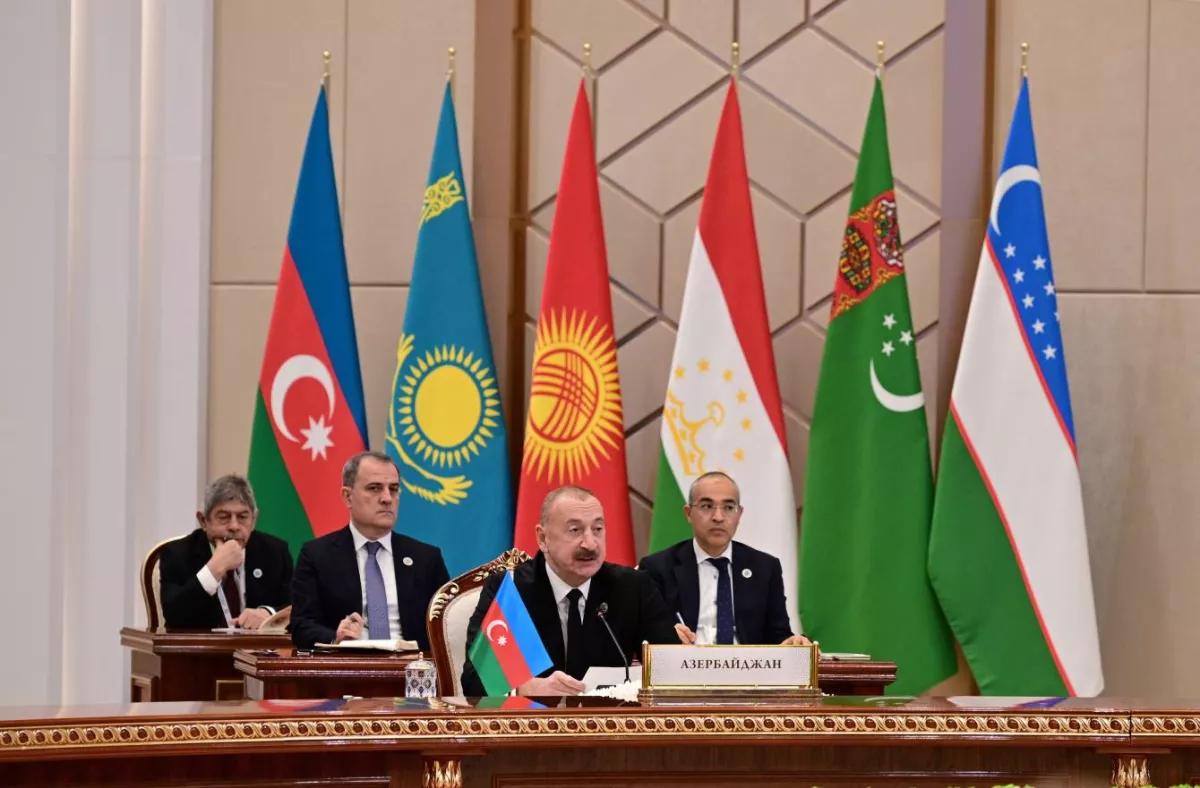
In his address, President Ilham Aliyev thanked the heads of Central Asian states for the decision to admit Azerbaijan to the Central Asian cooperation format, describing this step as further confirmation of the fraternal and friendly nature of the relationships, which will strengthen cooperation and interaction across a vast geographical space. Highlighting the preservation of a unique format of mutual understanding among all countries and its new dynamic, now taking on the character of a strategic partnership, the Head of State stressed that, although Baku is located in the South Caucasus, active engagement has enabled Azerbaijan and the Central Asian countries to form a unified geopolitical and geo-economic region whose significance in the world is steadily growing.
Today, our region serves as a vital bridge between East and West, North and South, within which the development of the Middle Corridor — along with its key artery, the “Trump Route” — carries strategic importance for our countries.
It is fair to say that the points outlined above require no additional commentary, especially in light of President Shavkat Mirziyoyev’s remark: “Our strength lies in unity; our path to success lies in friendship and cooperation.” As he concluded, only by standing together, relying on mutual respect, solidarity, and strategic vision, “can we achieve our noble goals.”
In other words, the meeting in Tashkent clearly demonstrated that the Central Asia–Azerbaijan region is emerging as a unified space of prosperity for all the countries and peoples living within our shared geographic area. As for the next Consultative Meeting of Heads of State in 2026, it will already be held in a new format: Central Asia and Azerbaijan. Yes, Azerbaijan and Central Asia are becoming a single format. Central Asia is no longer just five countries — Azerbaijan has become a full-fledged part of the region.
It is important to emphasise that this does not negate the South Caucasus, where Azerbaijan is located. We continue our work within the South Caucasus platform, while also expanding our engagement toward Central Asia.








